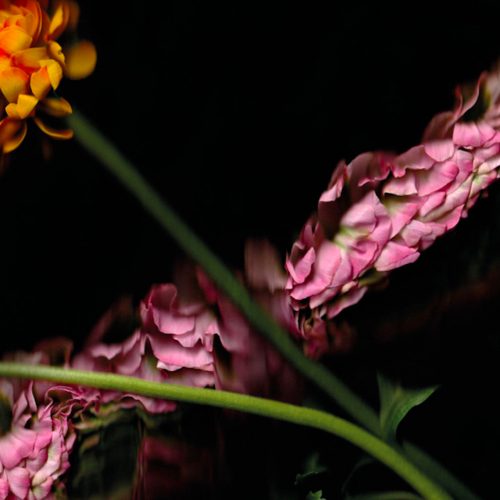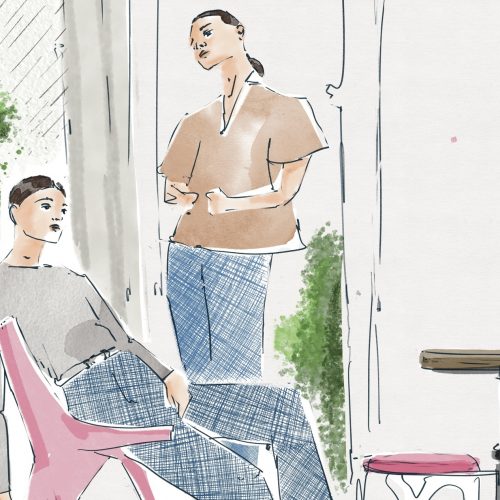Queer Ecology | The Eco-Queer Movement
Nature is Queer. Down to its roots, nature has been a subject of justification against queerness. Yet, when we strip back our unwarranted biases, we realise Nature and queerness are intertwined. When we reject placing our human binaries onto the environment, we begin to realise the absence of “normal” and “different”.
To receive the Luxiders Newsletter, sign up here.
WHAT IS QUEER ECOLOGY?
2SLGBTQIA+ oppression has manifested itself throughout our society. Underlying all elements of our systems and culture. Our perspective of biology and ecology is no different. Queer Ecology is a scientific theory that aims to bring together queer theory and ecology to shift biology and environmentalism away from human binaries. A focus on the intersectional, away from the rigid heteronormative understanding of nature. There is a focus on breaking down perceptions and elitist ideas, giving a platform to ignored or unexplored viewpoints.
By placing inherent heteronormative binaries onto nature, we ignore the fluid, genderless aspects of the environment. Queerness occurs throughout our natural world. Plants hold no inherent gender, and it makes no sense to place our human beliefs surrounding sex and identity onto androgynous spaces. The inherent queerness of nature has for a long time been ignored, suppressed, and dismissed to reflect society’s underlying bias against non-heterosexual and non-cisgender identities.
Sabine LeBel, assistant Professor in culture and media studies at UNB has explored queer binaries and ecology through her lecture “Queer Environmental Futures”.
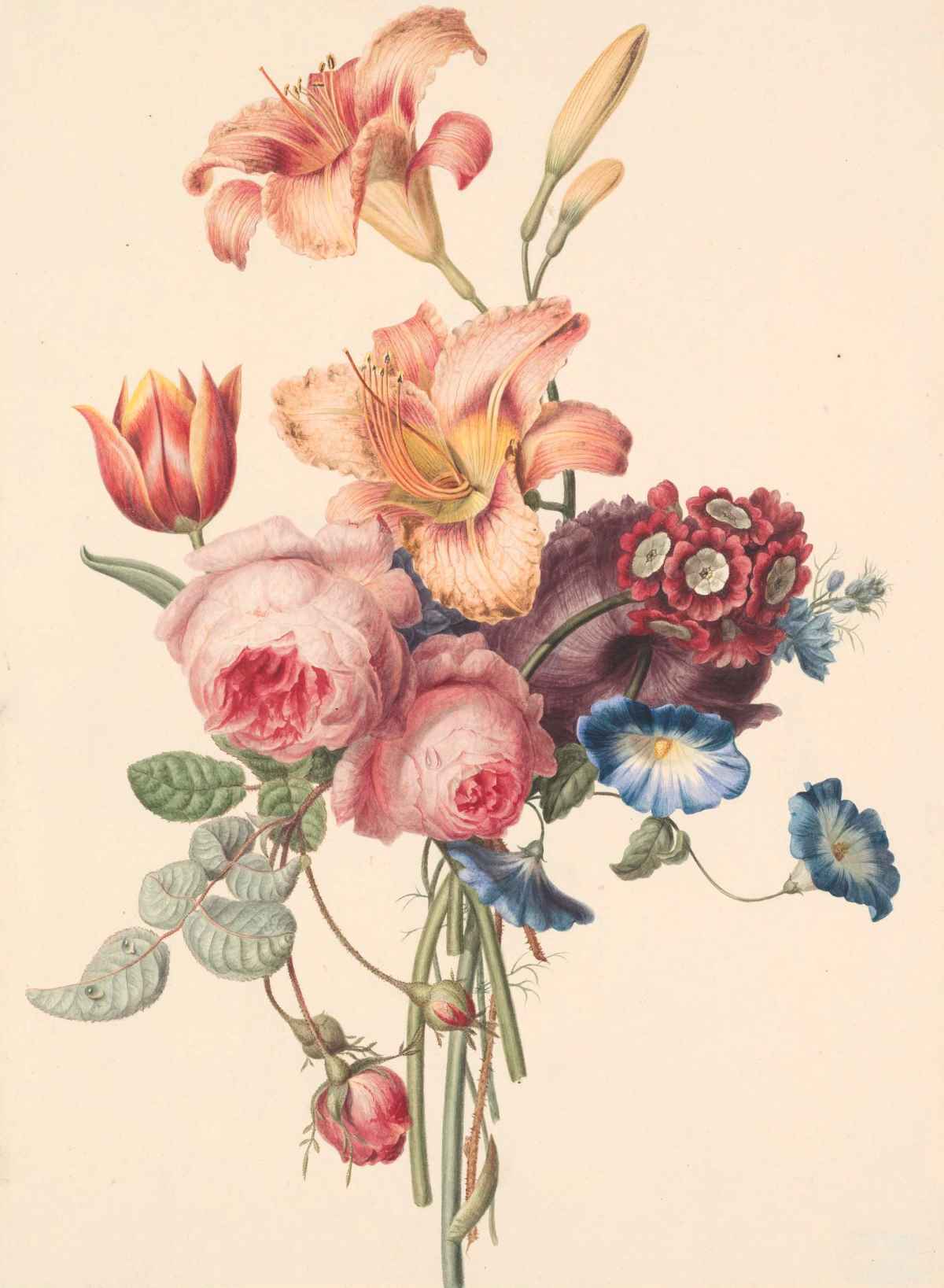
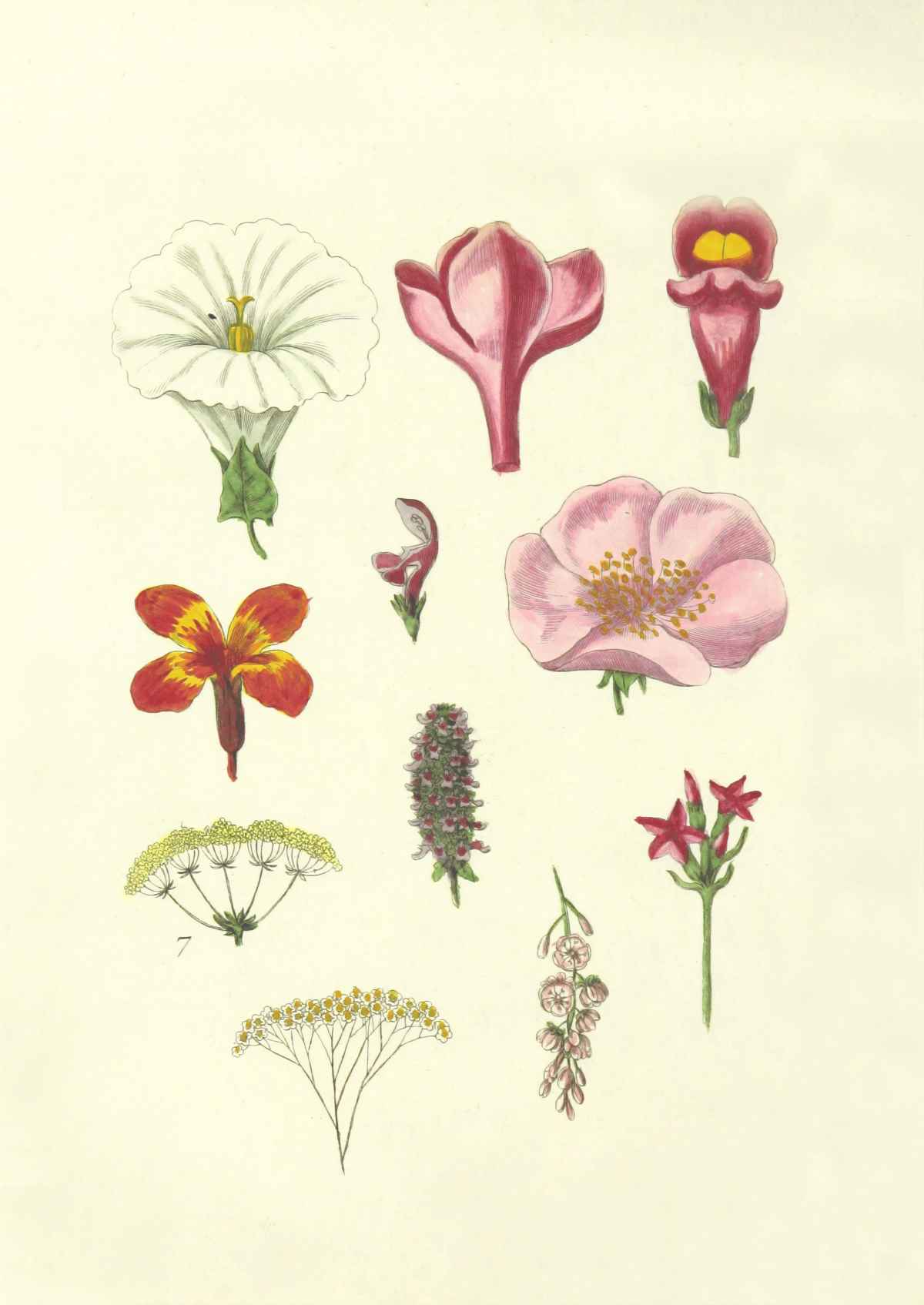
SO, HOW IS NATURE RELATED TO QUEERNESS?
It may seem a stretch to link aspects of queerness to our environment. But once you start exploring this concept, the relation starts to become clear. Both elements face oppression and shared positions of control under a heteronormative society.
Throughout ecology, queerness has been viewed as unnatural. Despite various examples of heterosexual relationships in the animal Kingdom, we continue to diminish and ignore the idea of queerness being as natural as heterosexuality. This follows the primitive opinion that natural relationships must result in reproduction. Yet in our modern society, various heterosexual couples opt out of reproducing, yet our notion of their “normalcy” remains unchanged. We approach biology with clear, black, and white binaries, ignoring aspects of nature that clearly stands in between our strict boundaries.
HOW DO WE DECONSTRUCT OUR BELIEFS?
To deconstruct these binaries, we must alter our perspective on what biology is. By reconsidering biology as fluid rather than fixed, we can realise what elements are based on our systematic ideas rather than factual evidence. This can alter our perspective on gender and sexuality.
Sabine views these rigid binaries and systems as something to be deconstructed “(These examples) can help us see beyond rigid binary gender and heteronormative systems. In the simplest examples, there are many animals that exhibit queer behaviours.”
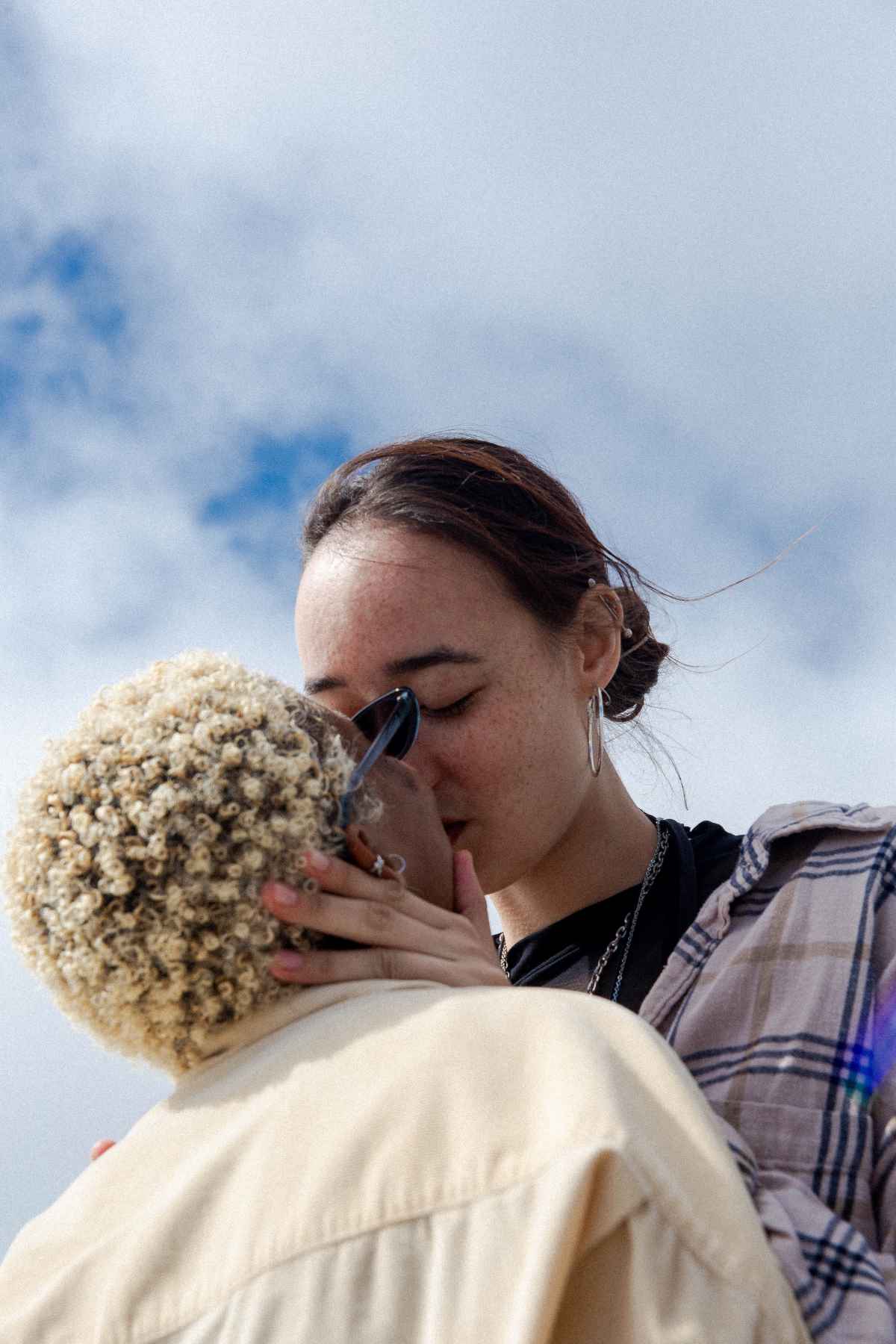


QUEERNESS AND CLIMATE CHANGE
Sabine argues the bleakness of climate change and queer futures both demonstrate an impossible solution. “There are a few "uncertain future" moments specific to the 2SLGBTQIA community. With the HIV/AIDS epidemic in the 1980s, we lost almost an entire generation of gay men. For those who lived through that period, there was a feeling that there was no future possible.” Sabine continued, those with queer identities struggle to imagine a future for themselves: “Queer and trans youth often have a difficult time imagining a future for themselves, and this can be seen most tragically in the rates of suicide and suicidal ideation in these populations.”
It is the shared bleakness that creates incredible art: “There is so much art, activism, and organizing that comes out of these histories that are incredibly inspiring for thinking about how to face the "uncertain future" that comes with the climate crisis.” - Sabine explains. As a result, an intersectional climate movement lead by members of the queer community started to emerge.
THE BEAUTY OF QUEER
For Sabine, members of the queer community explore unique and beautiful perspectives through their relationship with nature: “I'm thinking specifically about the incredible art and activism that came out of the HIV/AIDS crisis in the 1980s. The unique insight is that much of this art embraces complexity and can help us turn away from the apathy and nihilism that many folks experience in relation to the climate crisis.” Queer voices celebrate and explore complex emotions “Queer organizing can show us strategies to mourn, to be resilient, and to face the uncertain climate future.” - Sabine says.
+ Words:
Emily Fromant
Luxiders Magazine



